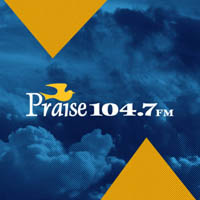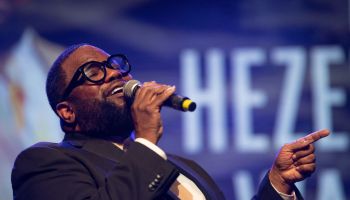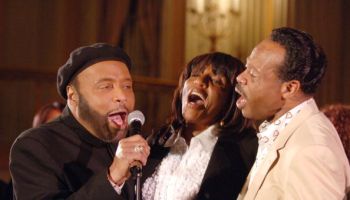Jorge Bergoglio has been named! Jorge Bergoglio is the Pope, his papal name is FrancisI . He is the 265th successor of St Peter.
He will be Pastor of the Roman Catholic Church, which is the world’s largest Christian church, with 1.2 billion members worldwide.
Jorge Bergoglio was born in Buenos Aires, one of the five children of an Italian railway worker and his wife. After studying at the seminary in Villa Devoto, he entered the Society of Jesus on March 11, 1958. Bergoglio obtained a licentiate in philosophy from the Colegio Máximo San José in San Miguel, and then taught literature and psychology at the Colegio de la Inmaculada in Santa Fe, and the Colegio del Salvador in Buenos Aires. He was ordained to the priesthood on December 13, 1969, by Archbishop Ramón José Castellano. He attended the Philosophical and Theological Faculty of San Miguel, a seminary in San Miguel. Bergoglio attained the position of novice master there and became professor of theology.
Impressed with his leadership skills, the Society of Jesus promoted Bergoglio and he served as provincial for Argentina from 1973 to 1979. He was transferred in 1980 to become the rector of the seminray in San Miguel where had had studied. He served in that capacity until 1986. He completed his doctoral dissertation in Germany and returned to his homeland to serve as confessor and spiritual director in Córdoba.
The Church maintains that the doctrine on faith and morals that it presents as definitive is infallible. There are a variety of doctrinal and theological emphases within the Catholic Church, including the Eastern Catholic Churches, the personal ordinates and religious communities such as the Jesuits, the Franciscans and the Dominicans.
Read: 10 Sistine Chapel Facts
The Catholic Church is Trinitarian and defines its mission as spreading the Gospel of Jesus Christ, administering the sacraments and exercising charity.Catholic worship is highly liturgical, focusing on the Mass or Divine Liturgy during which the sacrament of the Eucharist is celebrated. The Church teaches that bread and wine used during the Mass become the body and blood of Christ through transubstantiation. The Catholic Church practices closed communion and only baptized members of the Church in a state of grace are ordinarily permitted to receive the Eucharist.
Catholic social teaching emphasizes support for the sick, the poor and the afflicted through the corporal works of mercy. The Catholic Church is the largest non-government provider of education and medical services in the world. ] Catholic spiritual teaching emphasizes spread of the Gospel message and growth in spiritual discipline through the spiritual works of mercy.
Total church membership (both lay and clerical) in 2007 was 1.147 billion people, having increased from 437 million in 1950 and 654 million in 1970. On 31 December 2011, membership was 1.196 billion, an increase of 11.54% over the same date in 2000, which was only slightly greater than the rate of increase of the world population (10.77%). The increase was 33.02% in Africa, but only 1.17% in Europe. It was 15.91% in Asia, 11.39% in Oceania and 10.93% in the Americas. As a result, Catholics were 17.77% of the total population in Africa, 63.10% in the Americas, 3.05% in Asia, 39.97% in Europe, 26.21% in Oceania and 17.09% of the world population.
Read: Who Is Pope Francis I?
Of the world’s Catholics, the proportion living in Africa grew from 12.44% in 2000 to 14.84% in 2008, while those living in Europe declined from 26.81% to 24.31%. Membership in the Catholic Church is attained through baptism or reception into the Church (for individuals previously baptized in non-Catholic Christian churches). For some years until 2009, if someone formally left the Church, that fact was noted in the register of the person’s baptism.
In 2007, Vatican records listed 408,024 Catholic priests in the world, 762 more than at the beginning of the year. The main growth areas have been Asia and Africa, with 21.1% and 27.6% growth respectively. In North and South America, numbers have remained approximately the same, while there was a 6.8% decline in Europe and a 5.5% decrease in Oceania from 2000 to 2007.
We have a pope! HabemusPapam!
Read:
Like Elev8 On Facebook To Enrich Your Mind, Body & Soul!
WE HAVE A POPE! was originally published on elev8.com













